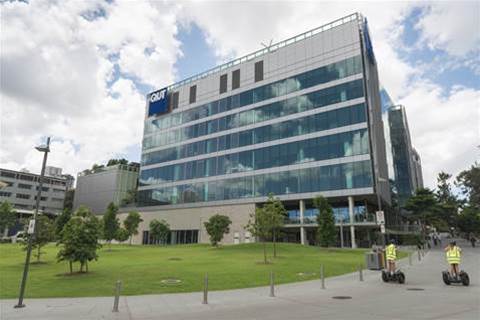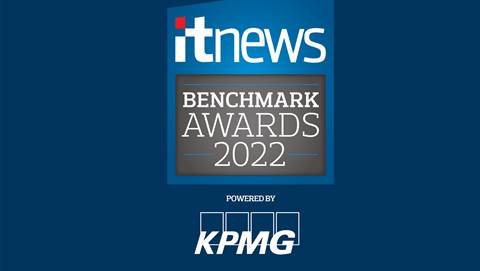The Queensland University of Technology is in the midst of an ambitious program of work to create a centralised view of its services and establish data foundations that will underpin the digital campuses envisioned in its ‘Blueprint 6’ strategic roadmap.

As part of Blueprint 6, QUT identified the need for a central integration platform to unify its systems and data to build a standardised secure data library that all student, research and corporate systems can leverage.
These investments are helping to accelerate the transition from a traditional in-house environment to a ‘cloud-right’ model (as opposed to cloud-first) for a faster and more agile project delivery.
QUT’s associate director for solution design and delivery, Scott Lawry, said the university chose Boomi as its central integration platform to support its digital aspirations, including the realisation of ‘smart campus’ initiatives.
Boomi replaces complex legacy connectors at QUT, with the project initially focusing on the integration of six major applications with core operational platforms used by staff and students on a daily basis.
The next phase of the project will focus on implementing an integration roadmap to migrate most integrations onto the Boomi platform.
“Investing in new technology is one thing, but without access to well managed secure data your investment will not be able to deliver the value intended for the QUT community,” Lawry said.
“Boomi ties together all our digital assets so the data pertaining to the university is accurate, secure and actionable within one platform”.
Lawry said QUT has so far connected teams of robots in research labs as part of the integration work, and will soon see autonomous vehicles and other emerging technologies entering its campuses.
“As new technologies and devices enter our campuses, we must be able to securely connect them to our network and data.”
Part of the reason QUT chose Boomi for that task was that its low-code interface eliminated the need to recruit expensive coding specialists and allowed the university’s existing team to consolidate and clean its data for analysis.
The groundwork so far is also helping the university prepare to extend its analytics capability by using non-traditional data sources that will become more prevalent as smart campus initiatives come to fruition.
“In the next five years, there's no doubt this concept of the Smart Campus will become a reality for many in Australia and abroad,” Lawry said.
“QUT aims to be at the forefront – we are already looking at how to connect parking spaces, trash cans, air-conditioning units and other day-to-day devices so that we can use the data for full visibility across the entire university, which in turns helps us improve the student experience.”





_(20).jpg&h=140&w=231&c=1&s=0)



_(26).jpg&w=100&c=1&s=0)

 iTnews Executive Retreat - Security Leaders Edition
iTnews Executive Retreat - Security Leaders Edition












_(1).jpg&h=140&w=231&c=1&s=0)



